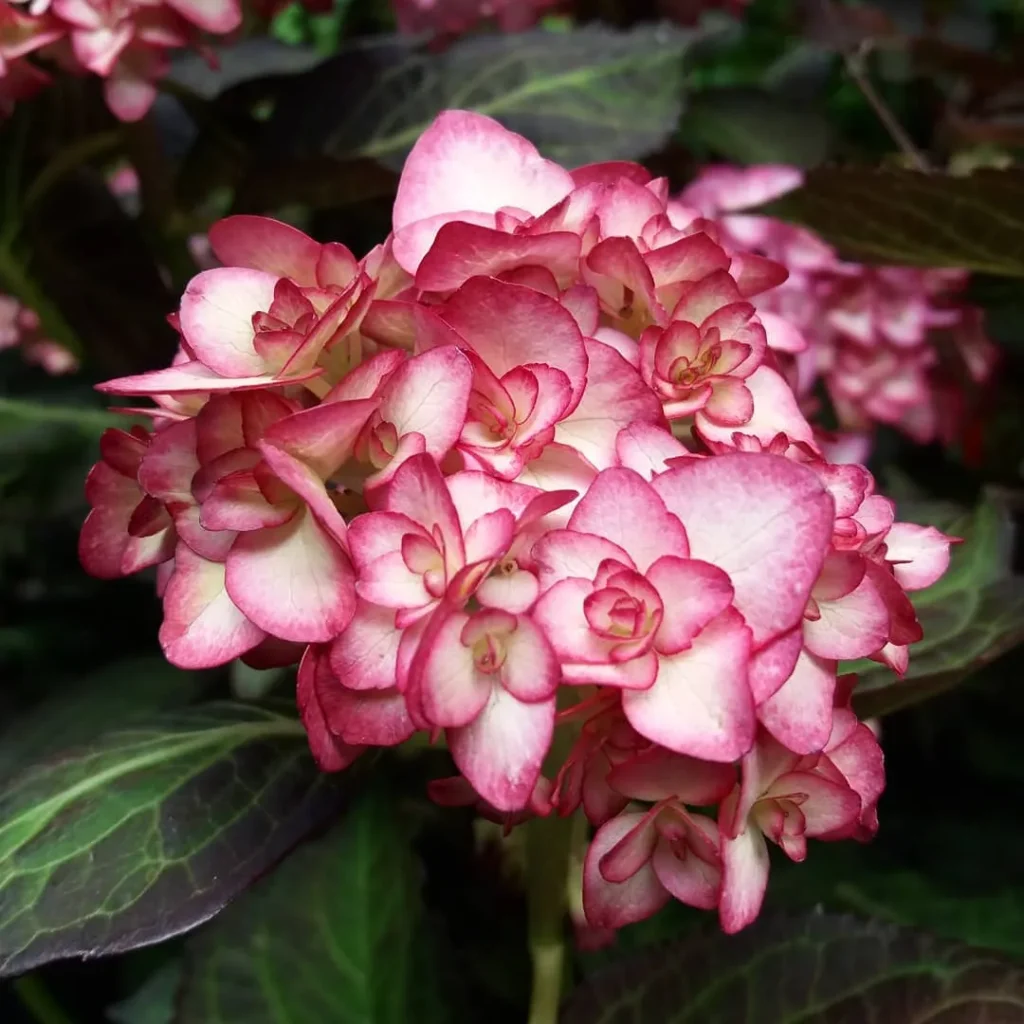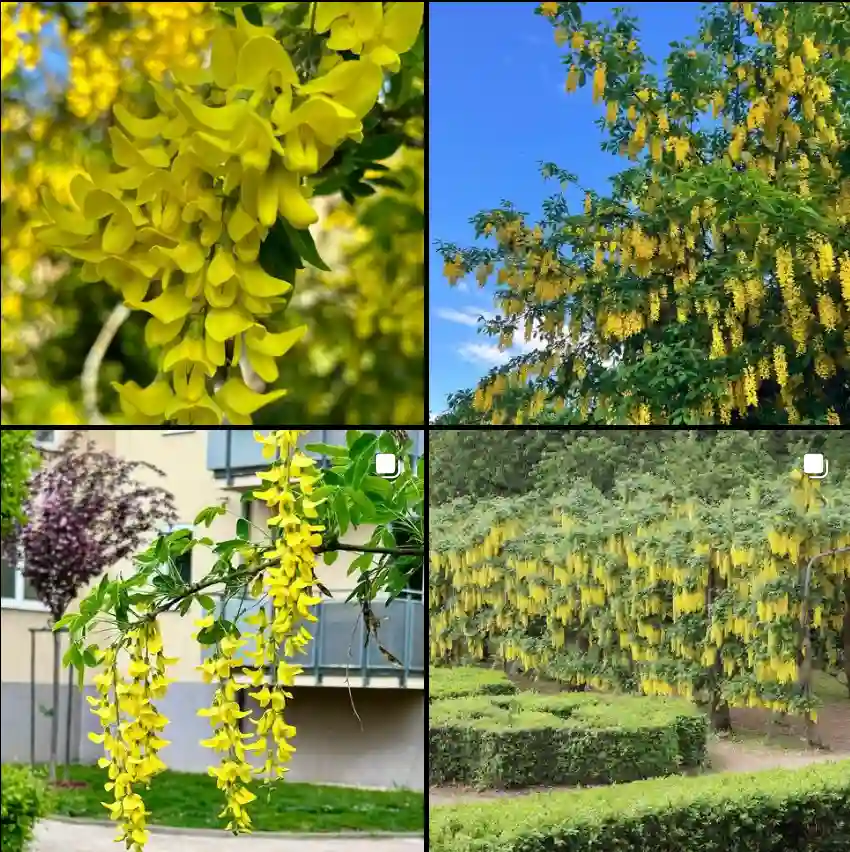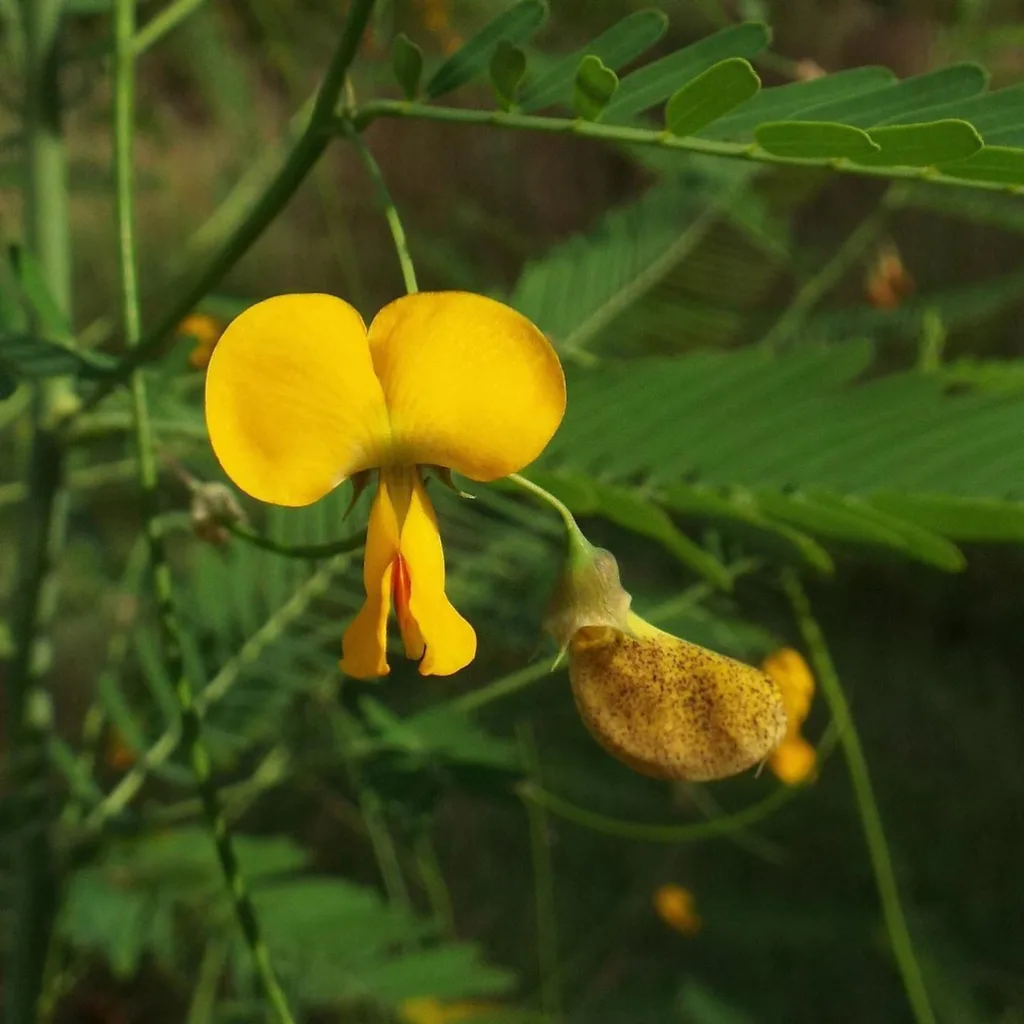Rhaphiolepis: An Exploration of Beauty and Diversity
As a plant enthusiast, I’m always fascinated by the sheer variety of life in the botanical world. One genus that has particularly captured my attention is Raphiolepis synonym of Rhaphiolepis, commonly known as Indian hawthorn. These evergreen shrubs, with their glossy leaves and delicate blooms, are a staple in many gardens, including my own. But there’s more to Rhaphiolepis than just its ornamental value. Join me, Ferb Vu, as we delve into the captivating world of this diverse genus.
Origins and Characteristics
Rhaphiolepis hails from the warm temperate and subtropical regions of East and Southeast Asia. Picture the lush landscapes of southern Japan, Korea, and China, and you’ll find these shrubs thriving in their natural habitat. They belong to the Rosaceae family, making them relatives of roses, apples, and pears.
What sets Rhaphiolepis apart is its unique blend of hardiness and beauty. These shrubs are evergreen, meaning they retain their leaves year-round, providing constant greenery in the garden. Their leaves are typically leathery and dark green, offering a rich backdrop for the delicate flowers that emerge in spring. These blooms, often white or pink, are borne in clusters and exude a subtle fragrance that adds to their charm.
A Diverse Genus
Rhaphiolepis encompasses around 12 species, each with its own distinct characteristics. Some of the most notable members include:
- Rhaphiolepis indica: This is perhaps the most widely cultivated species, known for its adaptability and long blooming season. It comes in various cultivars, offering a range of flower colors and growth habits. Plant FAQs: Indian Hawthorn – Rhaphiolepis Indica
- Rhaphiolepis umbellata: Also known as Yeddo hawthorn, this species is prized for its hardiness and tolerance of coastal conditions. It features larger leaves and white flowers with prominent stamens. Plant FAQs: Rhaphiolepis Umbellata
- Rhaphiolepis ferruginea: This species stands out with its rusty-colored undersides of leaves, adding an interesting dimension to the foliage.
- Rhaphiolepis salicifolia: As the name suggests, this species has willow-like leaves, providing a unique texture in the garden.
- Rhaphiolepis brevipetiolata J.E.Vidal
- Rhaphiolepis integerrima Hook. & Arn.
- Rhaphiolepis jiulongjiangensis P.C.Huang & K.M.Li
- Rhaphiolepis lanceolata Hu
- Rhaphiolepis major Cardot
- Rhaphiolepis oblongifolia (Merr. & Rolfe) B.B.Liu & J.Wen
- Rhaphiolepis philippinensis (S.Vidal) Kalkman
- Rhaphiolepis wuzhishanensis W.B.Liao, R.H.Miau & Q.Fan
Cultivating Rhaphiolepis
One of the reasons I admire Rhaphiolepis is its ease of cultivation. These shrubs are relatively low-maintenance and can thrive in various conditions. Here are some key tips for successful cultivation:
- Sunlight: While they prefer full sun, Rhaphiolepis can tolerate partial shade, especially in hotter climates.
- Soil: Well-drained soil is crucial to prevent root rot. Amending the soil with organic matter can improve drainage and fertility.
- Watering: These shrubs are drought-tolerant once established but benefit from regular watering during dry spells.
- Pruning: Light pruning after flowering can help maintain shape and encourage bushier growth.
Beyond the Garden
While primarily known for its ornamental value, Rhaphiolepis has other uses as well. In some cultures, the fruits are used to make jams and jellies. The wood is also valued for its hardness and is sometimes used in crafting.
A Personal Connection
My own experience with Rhaphiolepis has been nothing short of rewarding. I planted a few Rhaphiolepis indica ‘Oriental Pearl’ in my garden a few years ago, and they have flourished into beautiful, compact shrubs. Their delicate pink blooms bring a touch of elegance to the landscape, and I always look forward to their appearance each spring.
A Symbol of Resilience
Beyond its aesthetic appeal, Rhaphiolepis holds a deeper meaning for me. It symbolizes resilience and adaptability, thriving in diverse conditions and bouncing back from challenges. In a world that often feels chaotic, these shrubs serve as a reminder of the enduring beauty and strength of nature.
In Conclusion Rhaphiolepis, with its diverse species and captivating beauty, is a genus that deserves appreciation. Whether you’re a seasoned gardener or just starting out, these shrubs offer something for everyone. Their ease of cultivation, combined with their ornamental value, makes them a valuable addition to any landscape. As I continue to explore the botanical world, I’m certain that Rhaphiolepis will remain a cherished part of my garden and a source of inspiration for years to come.




